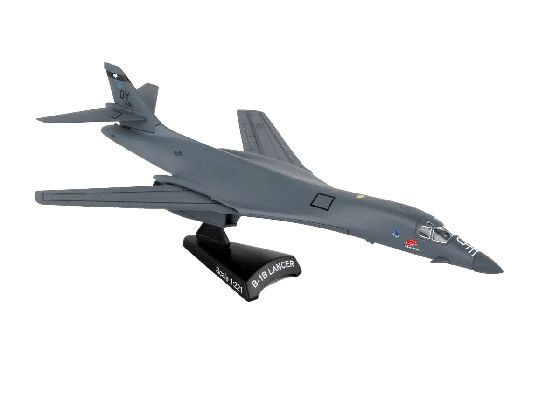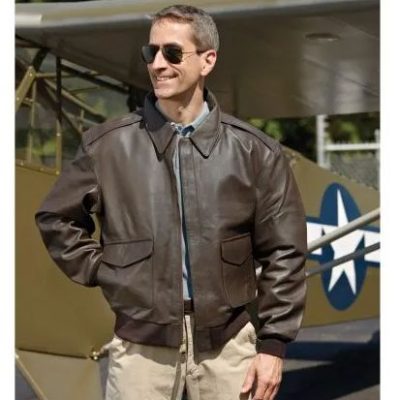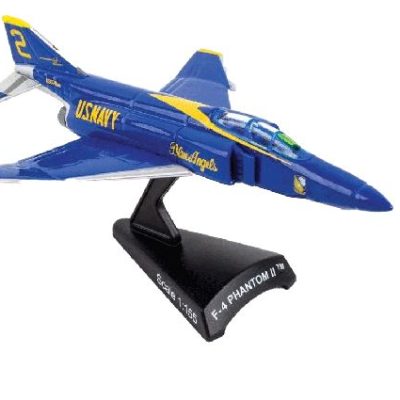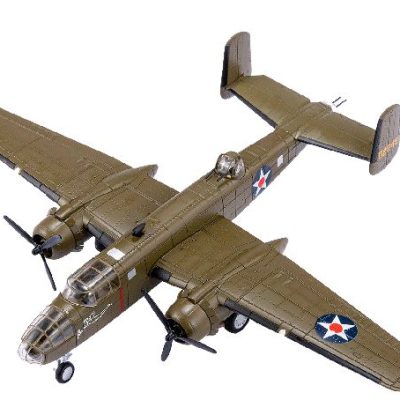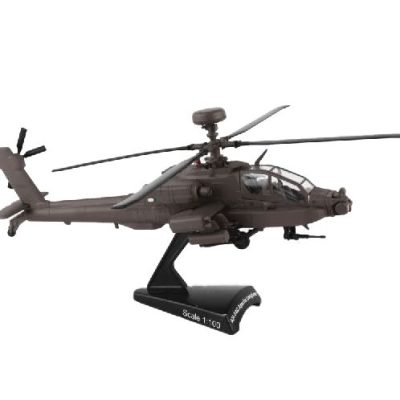Description
B-1B Lancer “Boss Hawg” Die-Cast Model
Type of Aircraft: Bomber
Nation of Origin: USA for USAF
Period: combat during Operation Desert Fox in 1998 and again during the NATO action in Kosovo. The B-1B has supported U.S. and NATO military forces in Afghanistan and Iraq.
Produced: From: 1986 to: Preset
Role: Supersonic Strategic Heavy Bomber
Manufacturer: North American Rockwell
Historical Data of Aircraft:
From Wikipedia, the free encyclopedia
The Rockwell B-1 Lancer is a supersonic variable-sweep wing, heavy bomber used by the United States Air Force. It is commonly called the “Bone” (from “B-One”). It is one of three strategic bombers serving in the U.S. Air Force fleet along with the B-2 Spirit and the B-52 Stratofortress as of 2023.
The B-1 was first envisioned in the 1960s as a platform that would combine the Mach 2 speed of the B-58 Hustler with the range and payload of the B-52, and was meant to ultimately replace both bombers. After a long series of studies, Rockwell International (now part of Boeing) won the design contest for what emerged as the B-1A. This version had a top speed of Mach 2.2 at high altitude and the ability to fly for long distances at Mach 0.85 at very low altitudes. The combination of the high cost of the aircraft, the introduction of the AGM-86 cruise missile that flew the same basic speed and distance, and early work on the B-2 stealth bomber reduced the need for the B-1. The program was canceled in 1977, after the B-1A prototypes had been built.
The program was restarted in 1981, largely as an interim measure due to delays in the B-2 stealth bomber program. The B-1A design was altered, reducing top speed to Mach 1.25 at high altitude, increasing low-altitude speed to Mach 0.96, extensively improving electronic components, and upgrading the airframe to carry more fuel and weapons. Dubbed the B-1B, deliveries of the new variant began in 1985; the plane formally entered service with Strategic Air Command (SAC) as a nuclear bomber the following year. By 1988, all 100 aircraft had been delivered.
With the disestablishment of SAC and its reassignment to the Air Combat Command in 1992, the B-1B was converted for a conventional bombing role. It first served in combat during Operation Desert Fox in 1998 and again during the NATO action in Kosovo the following year. The B-1B has supported U.S. and NATO military forces in Afghanistan and Iraq. As of 2021 the Air Force has 45 B-1Bs. The Northrop Grumman B-21 Raider is to begin replacing the B-1B after 2025; all B-1s are planned to be retired by 2036

